Unveiling Google's Material 3 Expressive Design: What to Expect at Google I/O 2025
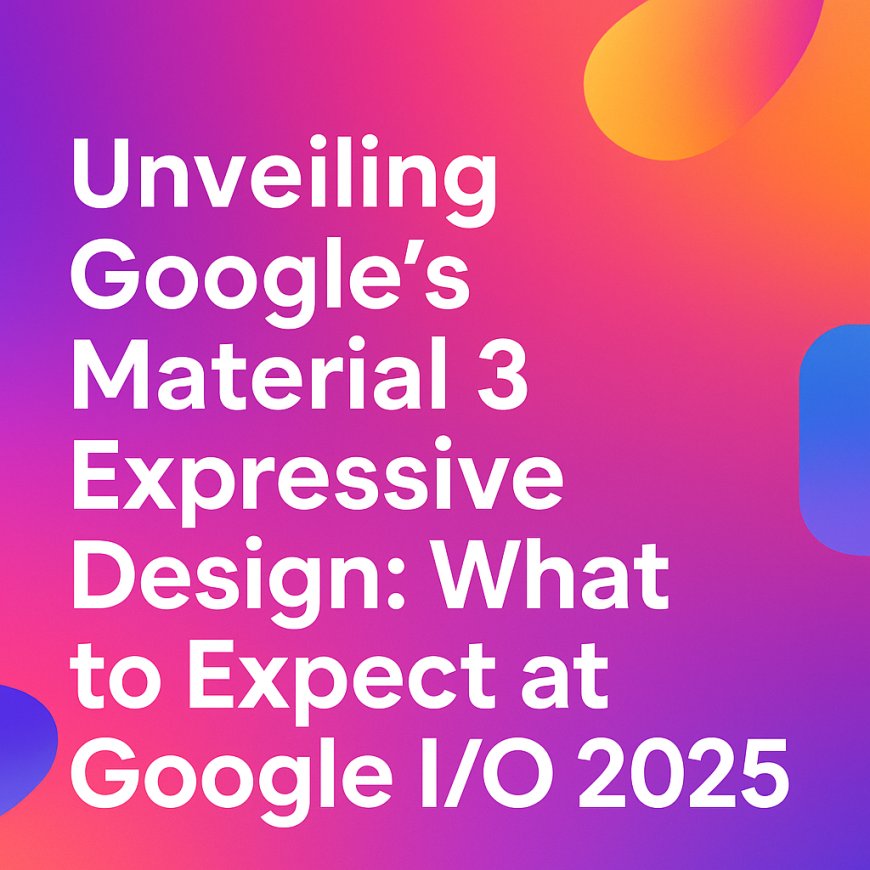
At Google I/O 2025, Google unveiled its most significant design overhaul in years: Material 3 Expressive. This update marks a bold shift in Android's visual language, emphasizing personalization, dynamic aesthetics, and a more immersive user experience. Material 3 Expressive builds upon the foundations of Material You, introduced in Android 12, and introduces a range of enhancements that cater to both users and developers.
A Vibrant and Personalized Aesthetic
Material 3 Expressive introduces a more vibrant and customizable design language. Users can expect dynamic color schemes that adapt to their wallpapers, creating a personalized and cohesive look throughout the system. This dynamic theming extends to app icons, widgets, and system UI elements, ensuring a consistent and engaging visual experience. The design also incorporates bold typography, fluid animations, and expressive shapes, aiming to resonate with a younger audience and provide a more lively interface.
Enhanced User Interface Components
The update brings significant improvements to UI components, offering developers more flexibility and users a more intuitive experience. New features include:
-
Floating Action Buttons (FABs): A new medium-sized FAB has been introduced, providing a balanced option between the existing sizes.
-
Split Buttons: These allow multiple related actions to be accessed from a single button, streamlining user interactions.
-
Adaptive Layouts: Material 3 Expressive supports adaptive layouts that adjust seamlessly across different screen sizes and orientations, enhancing usability on various devices.
Integration with Android 16 and Beyond
Material 3 Expressive is set to debut with Android 16, bringing a cohesive and modern look to the platform. The design enhancements are not limited to smartphones; Wear OS 6 and other Google platforms will also adopt the new aesthetic, ensuring a unified experience across devices.
Developer Tools and Resources
To facilitate the transition to Material 3 Expressive, Google has provided developers with updated tools and resources:
-
Material Theme Builder: This tool allows developers to create custom themes that align with the new design language, ensuring consistency and personalization.
-
Jetpack Compose Integration: Material 3 components are integrated with Jetpack Compose, enabling developers to build modern UIs with less code and more flexibility.
Conclusion
Material 3 Expressive represents a significant evolution in Android's design philosophy, focusing on personalization, adaptability, and a more engaging user experience. By providing developers with the tools to create dynamic and expressive interfaces, Google aims to set a new standard for mobile design. As Android 16 rolls out, users can look forward to a more vibrant and personalized interaction with their devices.
What's Your Reaction?
 Like
0
Like
0
 Dislike
0
Dislike
0
 Love
0
Love
0
 Funny
0
Funny
0
 Angry
0
Angry
0
 Sad
0
Sad
0
 Wow
0
Wow
0
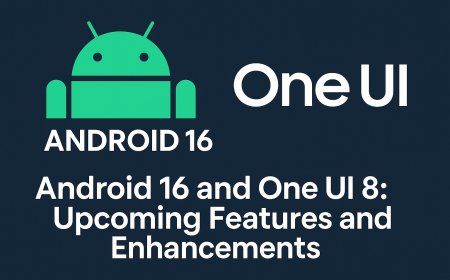
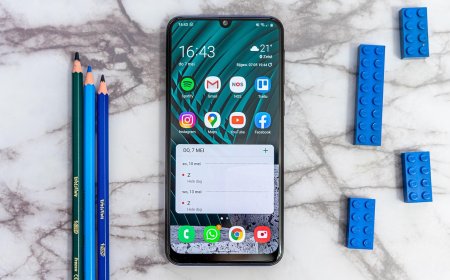
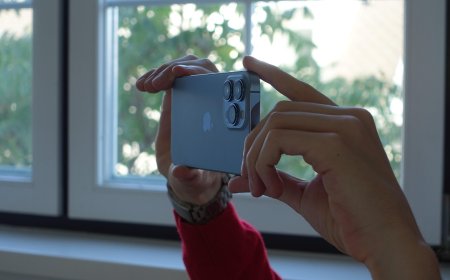

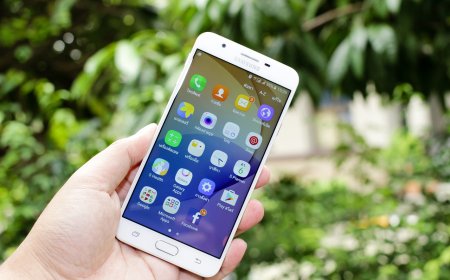











![Why Is My Mobile Phone Slowing Down? [Explained]](https://techgo.pro/uploads/images/202505/image_140x98_681e1fd4ea7d7.jpg)




